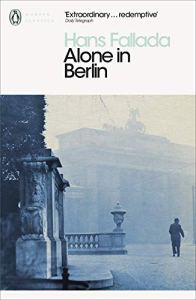Sara Sheridan. Where are the Women? A Guide to an Imagined Scotland. Edinburgh: Historic Environment Scotland, 2019. RRP £9.99 paperback.
In Edinburgh, there are more statues of animals than there are of women. There are only 5 monuments to women in Glasgow. The underrepresentation of women in the built environment is not a uniquely Scottish problem, across the world men are memorialised by monuments, statues, street names, and buildings much more frequently than women. This gives the impression that women just haven’t achieved as much, which is, quite frankly, bullshit. In my Turbulent Londoners and Turbulent Scots blog posts, I recognise and attempt to publicise remarkable women and their achievements. So Where are the Women? A Guide to an Imagined Scotland immediately appealed to me as a creative, and probably more effective, attempt to do the same.
Where are the Women? A Guide to an Imagined Scotland is a guidebook for a hypothetical Scotland in which women are memorialised in the built environment to the same extent as men. Region by region, Sheridan traverses the country, renaming some features and creating others. In each case, she recounts the stories of the women who have contributed to so much, not just in Scotland but around the world. Sheridan also echoes recent calls to move away from statues as a primary form of memorialisation, instead suggesting more creative monuments such as events, benches, murals, fountains, and parks. Each chapter has a beautiful stylised map and sketches of some of the monuments by illustrator and designer Jenny Proudfoot.

There were times that I found the structure of Where are the Women? a bit repetitive, but this is largely because a guidebook is not meant to be read cover to cover. I am confident that I will go back to this book time again, particularly when I travel in Scotland, and get more out of it each time. Each story does not go into much detail, but Sheridan explains that that this was a deliberate decision: “I wanted to cram this book with stories – making it dense and capturing a real sense of how limited our mainstream history is, in terms of gender” (Sheridan, 2019, p. 411). I found the chapter about Edinburgh easiest to connect too, as it is the only part of Scotland that I have spent any significant amount of time. It frustrated me that I couldn’t get my head around the geography of Scotland’s other regions. However, that is not Sheridan’s fault, and once I stopped trying to figure out how all the monuments related to each other in space (it’s not easy to take off that geographer’s hat!) and just let the stories and memorials wash over me, I enjoyed it much more.
If we want things to change, we need to ask difficult questions about the way our history has been represented and whether some of the things that history currently tells us are valid. We must celebrate our female stories alongside our male ones and make them just as visible.
Sheridan, 2019, p. 14.
Where are the Women? is a beautifully written and designed book that will interest anyone who is interested in histories that have previously been overlooked or ignored. But it is also a demand for history to be represented more equally in the spaces around us. The fact that this book is published by Historic Environment Scotland, the public body charged with protecting and promoting Scotland’s historic spaces, gives me some hope that the demand is being listened to.










